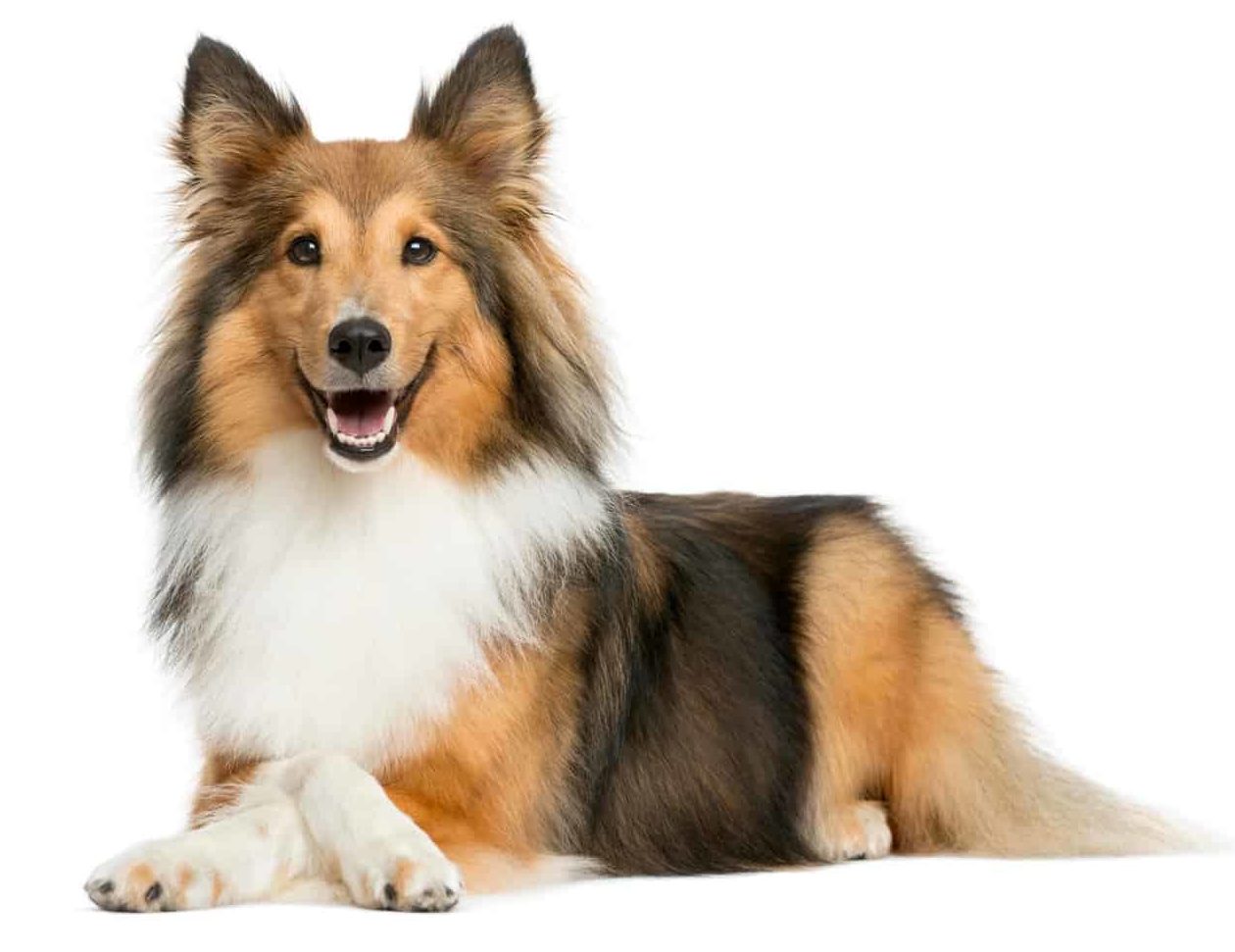Fur and Feathers: Composition and Structure
Table Of Content

Fur, as an evolutionary innovation, has deep-seated origins dating back to early mammals. Fossil records reveal the emergence of fur-like structures in Synapsids, a group of ancient reptiles that are the common ancestors of mammals. These rudimentary fur-like coverings likely served as insulation and protection in the diverse and challenging environments of the Mesozoic era. Your dog or cat is basically covered with hair, whereas humans tend to grow hair in a few selected places.
Comparison of human and animal hair – A microscopical analysis
13 Best Hard Water Shampoos (Tested & Reviewed for 2024) - Cosmopolitan
13 Best Hard Water Shampoos (Tested & Reviewed for .
Posted: Thu, 15 Feb 2024 08:00:00 GMT [source]
Feathers are interesting excrescences whose origins are not completely understood. It was once believed that only birds had feathers, but later research revealed a striking relationship between dinosaurs and birds. This debate has been recently reduced with the finding of new and important fossils in China. Scientists now see a much closer relationship, if not actual descent, between birds and dinosaurs.
Science
Hair and fur are essentially the same in composition, consisting primarily of a protein called keratin. The diameter of human hair ranges from 17 to 181 µm while fur is much thicker than the human hair. Terms like "hairballs" are to describe the fur cats swallow and then hack up, while people affectionately refer to their cats themselves as furballs or furkids. Unlike hair, Feathers grow from an outgrowth of the epidermis. Follicles develop as raised papilla filled with dermal cells.
Survival Adaptations
Guard hairs are longer, generally coarser, and have nearly straight shafts that protrude through the layer of softer down hair. The distal end of the guard hair is the visible layer of most mammal coats. This layer has the most marked pigmentation and gloss, manifesting as coat markings that are adapted for camouflage or display. Guard hair repels water and blocks sunlight, protecting the undercoat and skin in wet or aquatic habitats, and from the sun's ultraviolet radiation. Guard hairs can also reduce the severity of cuts or scratches to the skin.
There are several different definitions of awn hairs, depending on the breed of cat, but awn hairs usually form the basic coat. In some breeds, the (finer) awn hairs may be the same length as the guard hairs, while in other breeds, such as the Manx, the guard hairs are longer. The future of fur and hair stands at the intersection of evolving societal values, ethical considerations, and the imperative for sustainable practices in an ever-changing world. The evolution of hair was a dynamic process, with different species adapting it for a myriad of purposes. For instance, the whiskers of certain mammals evolved into highly sensitive tactile organs, facilitating navigation and prey detection.
The 10 Best Facial Hair Removal Products of 2024 - Business Insider
The 10 Best Facial Hair Removal Products of 2024.
Posted: Thu, 11 Apr 2024 07:00:00 GMT [source]
You can think of "cat hair" as an individual strand and "cat fur" as collective; for example, a cat hair is what you find on your black sweater. There may be many of them, but they are not all massed together like fur is on your cat. When grooming your cat you may either "comb its hair" or "brush its fur." There is a difference between fur and hair, but the way it affects allergies may not be what you’d expect.
Growth
Whiskers have a few differences, including that they tend to be longer and stiffer (but this is not always the case), and they're important sensory organs. "Every follicle has a certain amount of innervation," MacPhee explains. The way it works for whiskers is that they have mechanoreceptors, which means that when the whisker is disturbed by hitting an object, a signal is immediately sent back to the brain and analyzed there. Which is why whiskers are utilized by all kinds of mammals as a sensory apparatus in their environment. A manatee's face [PDF], for instance, is exclusively whiskers because every follicle has these key (and distinct) features. These types of whiskers are known as vibrissae—and humans don't have them.

For nearly a century, hairs of animals and humans were employed in forensic research. It is found to be stable in certain environments, and thus, they are frequently retrieved at scenes of crime, and it is important to verify whether they are either human or animal. The present research was done at comparing the morphological differences among human hair and animal hair using a stereomicroscope. Samples of hair forming the outer coat of some autochthonous domestic and human remnants were evaluated in this study. Long strands of guard hair shaft were investigated by stereomicroscope accordingly. The microscopic characteristics of cat hair samples showed the presence of small spikes on the surface, whereas the human hair sample showed a smooth appearance with no irregularities.
The same was probably true of fur, with sparse protohairs preceding full pelage. To get down to the root of hair, we need to go back beyond the first mammals. There’s no indication that hair evolved more than once, so fur has to be at least that old. Ultimately, the future of fur and hair is intertwined with the choices made by consumers.
The comparison of both the hair samples was done, and the differences were obtained. The microscopic analyses of the human hair sample and cat hair sample were carried out with the help of a stereomicroscope to differentiate between the two hair samples. Microscopic analysis of the hair samples demonstrates the morphological differences that enable the discrimination between the human hair sample and cat hair sample.
The use of animal fur for clothing or fashion has been sectioned to be illegal recently. Now a very basic may be held to figure out the differences between Hair and Fur. The following examples will help you to understand the usage of fur in common parlance. In modern times, the utility of hair extends to artistic mediums, with hair fiber being a component in textiles and artistic crafts. The fossil record even shows evidence of hair used for protection and warmth.
These compounds may be produced by the bird directly or derived from the bird’s food. And a recent study of zebras' distinctive striping suggested that their patterns might have evolved to deter biting tsetse flies. Scientific American writer Kate Wong spoke with mammalogist Nancy Simmons of the American Museum of Natural History in New York City about this question.
This synapsid didn’t appear to have any scales, but instead smooth “glandular” skin similar to that of a frog or a hairless mammal. It's true we aren't--except for a few guys I've seen at the pool. The problem with answering that question, though, is that most of what science knows about evolution comes from fossils, and hair doesn't fossilize.
Comments
Post a Comment